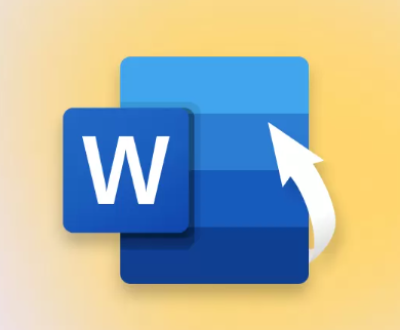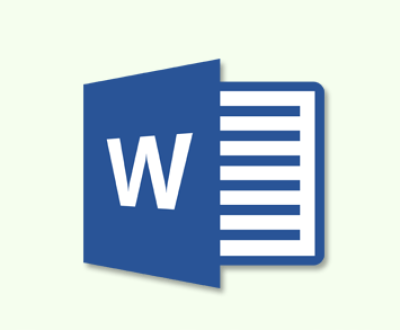Formatting a Toshiba hard drive for use on a Mac is a relatively straightforward process, including background information, step-by-step instructions, various formatting options, common issues, and troubleshooting tips.
What is Hard Drive Formatting?
Explanation of what formatting a hard drive means, including how it prepares the disk for use, erases data, and sets up a file system.
Why Format a Toshiba Hard Drive for Mac?
Discuss the importance of formatting an external hard drive for compatibility with macOS. Many drives come preformatted for Windows (NTFS) and need to be reformatted to work seamlessly with a Mac.

Part 1: Understanding File Systems
1.1 File System Types
HFS+ (Mac OS Extended): The traditional file system for macOS.
APFS (Apple File System): The modern file system optimized for SSDs but also works with HDDs.
ExFAT: A cross-platform file system that works on both macOS and Windows.
FAT32: Another cross-platform file system, but with a file size limitation.
1.2 Choosing the Right File System
When to Use HFS+: Ideal for macOS-exclusive environments, especially older Macs.
When to Use APFS: Best for macOS High Sierra and later versions, particularly if you’re using an SSD.
When to Use ExFAT: If you need to use the drive on both macOS and Windows systems.
When to Use FAT32: For older systems or small files, though it’s not ideal due to the file size limitation (4GB max).
Part 2: Preparing to Format
2.1 Backup Important Data
Emphasize the importance of backing up any important data before formatting, as formatting will erase everything on the drive.
2.2 Checking the Drive’s Current Format
Instructions on how to check the current file system of the Toshiba hard drive using Disk Utility.
2.3 Understanding Partitioning
Explain what partitioning is and why you might want to partition your drive. Discuss the pros and cons of having multiple partitions on one drive.
Part 3: Step-by-Step Formatting Guide
3.1 Connecting the Toshiba Hard Drive to Your Mac
Guide on physically connecting the drive, including troubleshooting tips if the drive isn’t recognized.
3.2 Opening Disk Utility
Step-by-step instructions for finding and opening Disk Utility, the built-in macOS tool for managing drives.
3.3 Erasing the Toshiba Hard Drive
Selecting the Drive: How to select the correct drive in Disk Utility.
Choosing Erase: What to expect when you click the “Erase” button.
Naming the Drive: Tips for choosing a clear and memorable name.
Selecting the File System: Detailed instructions on choosing the correct file system (APFS, HFS+, ExFAT, etc.).
Choosing a Scheme: Explain what GUID Partition Map is and why it’s usually the best choice.
3.4 Completing the Formatting Process
What happens after you click “Erase” and what to do if you encounter any errors.
Part 4: Post-Formatting Actions
4.1 Verifying the Format
How to verify that the drive has been formatted correctly and ensure it’s using the intended file system.
4.2 Transferring Files Back
Instructions on how to transfer backed-up files back to the newly formatted drive.
4.3 Setting Up Time Machine (Optional)
How to set up the drive as a Time Machine backup if you choose to use it for that purpose.
Part 5: Troubleshooting and Common Issues
5.1 Drive Not Recognized
Steps to take if the Toshiba drive isn’t showing up in Disk Utility or Finder.
5.2 Formatting Errors
Common errors that can occur during formatting and how to resolve them.
5.3 Data Recovery Options
What to do if you accidentally format the wrong drive and need to recover data.
5.4 File System Incompatibility
Issues that may arise when using ExFAT or FAT32 between macOS and Windows.
Part 6: Advanced Topics
6.1 Partitioning After Formatting
Instructions on how to partition the drive after it’s been formatted, including how to allocate space to each partition.
6.2 Encrypting the Drive
How to enable encryption for added security, using macOS’s built-in encryption tools.
6.3 Using Third-Party Tools
Overview of third-party tools that can be used for more advanced formatting options or if Disk Utility is unable to format the drive.
6.4 Formatting for Dual-Boot Macs
Instructions on how to format a drive if you’re using a dual-boot setup with both macOS and Windows.
Conclusion
Final Thoughts
Summarize the importance of choosing the right file system and ensuring that the formatting process is done correctly to avoid data loss.
Best Practices
Recap of best practices for formatting, including regular backups, double-checking the drive selection, and understanding the implications of different file systems.
Future Considerations
Discuss the potential need to reformat the drive if your usage changes (e.g., switching to a different OS, changing how the drive is used).
Additional Resources
Links to Apple’s Official Documentation
Provide links to Apple’s official documentation on Disk Utility and file systems.
Further Reading
Suggest further reading or video tutorials for those who want to learn more about macOS file systems, partitioning, and disk management.
Professional Help
When to seek professional help if you’re unsure about the formatting process or if you encounter issues that you can’t resolve on your own.
About us and this blog
Panda Assistant is built on the latest data recovery algorithms, ensuring that no file is too damaged, too lost, or too corrupted to be recovered.
Request a free quote
We believe that data recovery shouldn’t be a daunting task. That’s why we’ve designed Panda Assistant to be as easy to use as it is powerful. With a few clicks, you can initiate a scan, preview recoverable files, and restore your data all within a matter of minutes.
Subscribe to our newsletter!
More from our blog
See all postsRecent Posts
- How to recover accidentally deleted files 2025-07-01
- How do i recover a file i accidentally deleted 2025-07-01
- How to recover an accidentally deleted file 2025-07-01

 Try lt Free
Try lt Free Recovery success rate of up to
Recovery success rate of up to









